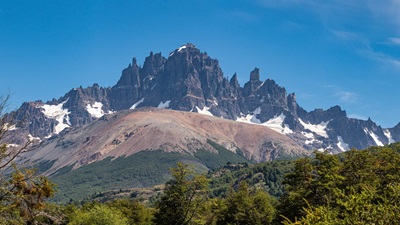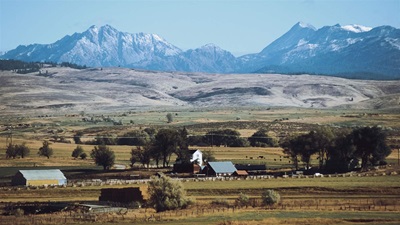Disaster Resilience: Key Ways to Help Governments and Communities Thrive
Leadership, planning, and funding can save lives—and money—in an era of increasing risk

As extreme weather and climate events such as flooding, wildfires, drought, and heat waves become more frequent and severe in the U.S., federal, state, and local governments must work together to preemptively coordinate disaster preparedness and recovery. Disaster resilience—a community’s ability to endure, adapt to, and recover from such events—involves action across five interconnected areas: policy, personnel, planning, proactive funding, and projects.
Policy: How to make resilience work for everyone
Policies are the glue that binds resilience efforts together. By passing legislation to fund planning, create chief resilience officer (CRO) and other leadership roles, and align land use and development decisions with future disaster risks, policymakers can drive meaningful, lasting change for their constituents. This is especially true when governments include clear and direct guidance on how to comply with new measures, access funding, and more. When resilience is prioritized through policy, the benefits are clear: fewer lives disrupted, fewer assets lost, and less taxpayer money spent on costly disasters.
Personnel: Resilience needs leaders
Many cities and states are recognizing the value of appointing a CRO—a dedicated leader tasked with planning for and coordinating resilience efforts across agencies and communities. Qualified CROs with appropriate staff capacity and budgets strengthen collaboration between levels of government and communities, including by bringing consistency to planning. A CRO also serves as a bridge to nonprofit organizations, community groups, and other stakeholders, which helps engage the public and secure buy-in for resilience initiatives.
Planning: Resilience plans guide smarter decisions
A resilience plan—typically developed by a CRO or other dedicated resilience personnel—provides a strategic roadmap for government agencies and communities to anticipate, withstand, and recover from disasters. These plans help identify current and emerging risks, prioritize adaptive strategies, and advance projects that strengthen infrastructure, guide other resilience-minded development, and safeguard lives. When drafted with input from all stakeholders, resilience plans create a shared vision across government agencies and communities, ensuring that all are better prepared in the face of current and future disaster risks.
Proactive Funding: Strategic resilience investments pay major dividends
Governments and communities that spend wisely on resilience save lives today and money tomorrow. In fact, every $1 invested in mitigation and resilience can yield $13 in avoided costs from future disaster impacts, according to the U.S. Chamber of Commerce. States are increasingly setting up dedicated resilience trust funds and exploring other innovative financing tools to support long-term planning and implementation. These funds help jump-start priority projects, build capacity, and reduce future reliance on one-time emergency funds.
Projects: The ‘how’ and ‘where’ of development matters
Disasters disproportionately affect buildings in vulnerable locations and those that weren’t designed to withstand today’s—and tomorrow’s—extreme weather events. Thoughtful resilience planning accounts for this, for example by siting new development out of flood plains, encouraging more fire-resistant materials in construction, and increasing the use of nature-based solutions—such as coastal dunes, restored wetlands, rain gardens, and vegetated buffers along riverbeds. These solutions leverage natural features of the landscape to increase resilience, often more cost-effectively and durably than traditional infrastructure, and help to reduce the need for expensive recovery efforts while promoting long-term environmental and economic sustainability.
Disaster resilience doesn’t happen by accident—it requires intentional investment and coordination across these five key areas. And when they all fall into place, communities are not just prepared to recover from trouble, they’re positioned to weather it better, rebuild quicker, and thrive well into the future.
Mathew Sanders and Forbes Tompkins are senior officers and Kristiane Huber is an officer on the U.S. conservation team working on disaster resilience.
















